i do not care about AI art (and neither do you)
on going the way of the hand-letterers and sign-painters
Illustrators have been pretty upset about AI art. In some ways, I understand why. When I go looking for a specific JC Leyendecker piece and half of google’s results are midjourney and stable diffusion generations, I involuntarily start muttering “oh fuck you fuck you fuck you” at my screen, as if whatever possesses me is putting a curse on the many people who made bad choices that led the internet to put this hack shit in front of my eyes instead of the thing I was actually looking for.
But this is a practical problem, not an artistic one. I am looking for something and cannot find it, because there is suddenly a bunch of irrelevant detritus in my way. Obfuscation of our ability to research actual historical works is not high on the list of reasons people tend to bring up when they complain about trendy image-generators. Instead, they say, AI is ruining art. It is derivative, it can only copy what it sees. It is bland, devoid of the touch of human hands or human intellect. It allows people who have never tried to develop any kind of real skill suddenly decide that they are “artists” just because they know what keywords to put into a machine to let it make the art for them. It is violating copyright law!!!! It is going to put artists out of a job.
So, alright, fine. I am a digital painter who works freelance, which means I am ostensibly part of the cohort of artsy professionals that AI is trying to replace. But I am not actually worried about this happening, to me or anyone else, and I find a lot of complaints about AI incredibly ignorant and disingenuous. So please indulge me while I do my little contrarian shtick and explore why I can’t bring myself to give a shit.
AI IS ARTLESS
By its nature, AI can only mimic what it sees. It cannot come up with original ideas, it is incapable of innovation. It does not take any time or effort to create. This makes all of its works derivative, lacking the human skill and insight that makes great art so great.
You’re right. If you look at AI and wrinkle your nose at the bland, over-rendered, mass-produced kind of quality of it, I feel the same way. But there is an old adage about this: garbage in, garbage out.
Greg Rutkowski and Karla Ortiz are two artists who have gone on record complaining that their styles have been co-opted by AI, but if I put their work side-by-side, would you be able to tell which work was made by which artist? What are either of them doing that makes their work unique in a commercial-art landscape stuffed to the brim with over-rendered, kitbashed fantasy illustration? These aren’t rhetorical questions— if you can tell me, I’d be interested to hear you make the case, because I don’t see it, and it would be nice to learn that maybe I am just missing something.
I can’t help but find it funny when Kelly McKernan complains to AP News that their work is being stolen by AI, because most of their pieces are so transparently influenced by Alphonse Mucha, one of those “baby’s first inspirations” that basically every contemporary illustrator was stricken by as a teenager who had never really seen anything else. Ross Tran, another favorite point-of-reference for AI generators, makes his name doing shiny anime paintings of Disney princesses, but the vapid and derivative nature of his work doesn’t strike his defenders with any irony. AI tends to learn and make reference in much the same way that human brains do, and so its referential nature is not that far-removed from what flesh-and-blood artists already do anyway. We are all products of our influences, whether we admit it or not, but it matters whether your first thought is your only thought.
Even when AI mimics artists whose work I adore— Simon Stalenhag and the aforementioned JC Leyendecker come to mind— I cannot deny that these artists did/are doing work that is just not that deep. Leyendecker’s style sets my heart on fire, but he made his rent as an ad man for Arrow Collars in the 1930s, and Stalenhag’s delicious casette-futurist sci fi paintings are popular because they are a pastiche of things that just about anyone can appreciate. There is no challenge, here, no need to reckon with thoughts or visuals that are not so easy to digest— that is not what these works are for. If you put your stock into craft and imagery rather than ideas, then it is no surprise when the churn of industrial technology may make you irrelevant when it invents a machine that can do your craft better than you can, or churn out a thousand JPEGs until one’s imagery sticks out from the herd (at least, in the ways that your fanbase cares about.)
I know this is a mean thing to say. We are supposed to think of human efforts as inherently precious, even if the final result is nothing to write home about. I personally put a lot of stock into craft, the beauty of watching humans do something that takes an impressive level of technical skill to achieve. But digital artists have never quite got the chip off our shoulder that our craft is frankly easier than that of those who work in traditional media— I can spend 30hrs on a painting and then run out of things to refine, but the nature of slow-drying oils or slow-curing clay mean that works in these mediums can take months to complete. Digitally-precise measurements, the undo button, and freedom from drying-time mean that my work just takes less waiting and fiddling-with-the-tools than someone who works in a traditional medium. If time and effort are one of the means by which we judge a work of art as impressive, us digital artists are always already off on the back foot. If we want to impress, we have to offer something more than craft— an interesting style, a technique that is new or unique-to-the-medium rather than effortful, an idea that can only come from our particular perspective, etc etc.
If someone’s work can be copied by an AI convincingly enough to meaningfully replace the original, we do not see that as an indictment of the artist or their fanbase, but maybe we should. If the artist’s effort meant more than the image itself, then maybe these artists would not be so easily replaced. If the machines were infringing on something uniquely human, the difference between the artist and its copy would be obvious. But it isn’t.
AI IS STEALING
AI art generators can only do what they do because they are building on the work of artists who did not consent to have their work used this way. This is an obvious violation of copyright law— or, well, okay, even if some judge doesn’t think so, it’s still violating the spirit of copyright law. You can’t just take someone else’s work and do what you want with it, at least not without paying them for their contribution.
I hate to be the one to break the news, but copyright law is not all it’s cracked up to be. The idea is that the law is supposed to protect artists, their right to control the use of their works and their ability to make money off of them. In practice, that is not how it works.
When I was a teenager, I watched a story play out more than a few times: an illustrator I admired online would find out that someone was printing their art on t-shirts and selling them out of a booth in some random marketplace in China. That sucks! It feels very bad to find out about. What followed, once or twice, was that these artists would hire an international copyright lawyer to try and put a stop to it. What happened next was invariably a […] that means the lawsuit probably piddled out, because even if you win, lawsuits are extremely expensive and it is very hard to get any kind of reimbursement. Unless you have a corporate-level team of lawyers and the money to pay for them (or at least, the infringer was an American company like Urban Outfitters and not a rando civilian on the opposite end of the world) the best you can usually hope for is a moral victory in the knowledge that someone who slighted you has been officially told to knock it off. Another obvious example are the likes of Kirby or Siegel, artists from the golden age of comics who invented the characters that now make Marvel billions of dollars a year. They sold their IP for a song, and when they realized their mistake, the courts did not side in their favor.
So okay, maybe copyright law is hard to enforce, granted, but the spirit of the law— that replicating someone else’s work without their consent is immoral, it is theft— still holds true, right? Well, I don’t know, I guess you can ask Andy Warhol’s estate if he got permission from Campbell’s before doing all those soup can prints. When KAWS sold this dogshit at Sotheby’s, did he sent a cut to the people who worked on the Simpson’s or the Beatles’ estate? Does Barbara Kruger get a royalty check each month from Supreme? Of fucking course not. That would be stupid, not only because it would be a logistical nightmare to try and achieve, but because the obligation to try would be bad for art itself.
In my artistic upbringing on the internet of the 00s and early 10s, I was paying close attention when the publishers and copyright-holders for anime, videogames, and comics were still on the fence about whether they wanted to get all letigious with fan-artists selling prints and merch of their intellectual property. Convention-organizers had to sweat it out for a few years as to whether they would have to establish any kind of policy around banning fanworks-for-profit. To everyone’s benefit, the copyright-holders quickly realized that fandoms’ creative output was extremely good for business, and their brand would fare better if they politely chose not to litigate over copyright violations among small-time creatives. Even Disney, famous for its successful petitions or the US government to extend posthumous copyright for longer and longer so that they could retain their ownership decades after Walt’s demise, has relaxed its grip on copyright litigation compared to a few short decades ago. Even for massive companies— the only ones who can afford to actually crack down on violations in a meaningful way— it mostly just isn’t worth the effort. Iteration, remix, fan-works, et al are just too delicious and valuable to the culture to justify punishing their creators for making them. And works that are not valuable to the brand— critical, satirical, distressing to the corporation’s squeaky-clean image— are the ones most likely to face legal action. So we have largely agreed that artistic copyright infringement is fine, actually, and is only realistically punished if you upset the rich hoarders of intellectual property who most deserve to have their feathers ruffled.
Ironically, one of the things that actually alarms me about AI is that it has led to a resurgence of reactionary faith in copyright law. I don’t think I can make a better case for copyright abolition than Patricia Taxxon’s video essay The Golden Calf, so maybe just watch that. Or Harry Brewis’s viral video on YouTube plagiarism, which opens on a retelling of the time when Harlan Ellison and Ben Bova sued Paramount for the rights to a proto-robocop TV concept— Brewis brought this up as the most-recent example he could find of creatives winning a copyright-infringement case against a company which stole their work, and it was over 40 years ago. Or you can watch RiP!, a 2008 documentary about Girl Talk and other remix musicians and their struggle with copyright sanctions, also blessedly free on youtube. As a treat, you might also ruminate on how nice it would be if all copyrighted things were free to indulge without paying for a subscription service, and whether copyright laws have ever done a single thing to help artists or the audiences who might benefit from seeing the fruits of their efforts. Anyway, many people have made this case more convincingly than I can, so let’s move on.
AI IS PUTTING ARTISTS OUT OF WORK
AI is bad because it is trying to make real flesh-and-blood artists obsolete. Why would you hire an artist for your videogame concept art or editorial illustrations or etc when you can just spend five seconds generating an image on midjourney?
This is the one that really, deeply gets under my skin. People who have never before thought about artists as a type of worker have suddenly decided that it matters very much whether people like me— people who do digital paintings, editorial illustrations, etc— are able to make a living, if we are being stolen from, and so on. Not that they are going to pay us, mind you, but they are very worried that maybe someone who would have paid us won’t, now.
Part of the trouble of bringing a copyright lawsuit is that you have to be able to prove damages. Because we have this nebulous idea of the relationship between an artist’s ownership and their ability to turn a profit, the idea is that if (to use the earlier example) some guy in China sells a t-shirt with my work, he has taken money out of my pocket, because I theoretically could have done that myself. But that is not realistic. I was never in my life going to fly to China, set up a booth in his same marketplace, and make that money myself. If he didn’t make that money, no one would have. I would not be richer, he would just be poorer.
I wind up thinking the same way whenever I see people using AI art as illustrative filler in their substack essays. If they did not have access to DALL-E, would they have hired an illustrator instead? Almost certainly not. Nobody can afford, with their money or time, to hire a guy like me to spend a week carefully rendering a unique piece for a one-off visual gag that they are never going to think about again, nor would I, as the artist, find that an enriching use of my time or skills. It would be very sexy if substack publications felt like they could inflate their seriousness by hiring a regular illustrator for each piece (if this is you, my DMs are open!!) but to act like every AI insert symbolizes bread stolen from the mouths of artists is totally unrealistic. I have not actually lost any potential dollars, because writers already did not have that money to spare.
It is obnoxious to all when I bring up that career illustrators were not doing well long before the advent of AI. I went to art school at KCAI, which shares a city with the Hallmark Cards HQ, so in my senior year (2015-16) we hopeful Illustration near-grads were given a tour of the Hallmark campus as part of our professional practice seminars. KCAI had historically been a talent-pipeline for Hallmark, and several of our professors had recently been fired as part of Hallmark’s layoffs of the majority of their artistic staff. They were making the move to an all-freelance model where, instead of hiring artists to work on-site full-time, with benefits and access to their facilities and workshops and fine art collection, they would pay a niche specialist rando to do a drawing or a piece of type case-by-case while working from home, responsible for their own facilities and tools and education. What I saw in the shuttered Hallmark building was million-dollar paintings hung in hallways and meeting rooms that basically no one ever saw, because no one worked there anymore. They showed us a wood shop and ceramics workshop where they used to host classes for employees, but there were no local employees left to take them. The cubicle farm that used to be full of working artists was literally left dark, half the lights switched off, because there were maybe five or ten people showing up there in the middle of the week.
Since I graduated, I have been generally unemployable for various personal reasons, but I have done a few “real art jobs” that were still not really real art jobs. Apart from freelance, I have done a bit of photo-editing, proofreading, print pre-production and corrections, that sort of thing. If anything, I think AI is going to lead to more “art jobs,” just not the fun, prestigious, creative, or well-paid kind— if your AI does not know how to make hands that look human, it’s really not that hard to hire someone for minimum wage to fix its mistakes. It is far easier to get hired to do this kind of clean-up grunt work than to do anything that actually utilizes your mind. This has always been the case, at least as long as I have been a professional, and AI has not meaningfully shifted the dial.
My personal prediction is that AI is not going to put artists out of a job so much as it is going to hand us members of the underclass of mid-tier sub-professionals (which is most people with an art degree, if they are lucky) more opportunities to do jobs that suck shit and pay as little as possible. And we will probably try to justify that this is fine, because it beats flipping burgers or whatever. I think of the adjacent plight of writers, where people used to get hired to do some grunt garbage cranking out content-farm listicles as a foot-in-the-door to the industry, and now everyone is acting like it is a huge loss that these shit jobs that no one wanted in the first place are being done by computers instead. Ugh.
So pardon me if I do not consider AI to be so apocalyptic as its detractors make it out to be. It was nearly a decade ago that many of the primary employers of artists switched to this freelance model, foisting the cost of production and maintenance onto each worker whose labor they might selectively borrow at their leisure. The tiny handful of artists who are now alarmed to see their comfortable existence threatened by new technology were already an arbitrarily-elite few, chasing attention from either corporate interests or the mass of the undiscerning social-media public. Even among commercial art, which has never cared much for meaning or craft, the city has already been razed, its peoples driven into the desert to fend for themselves long before any of today’s pearl-clutchers ever bothered to notice.
So, all of this sounds very bleak, so maybe it is still a wonder why I say I am not worried. I have been poor for my entire adult life and do not expect that to ever change, because being an artist and being profitable have always been at odds, and so my career prospects are really not notably worse than they ever have been. Fortunately for me, the people who regularly pay me for my work are generally not people looking for just anyone to fill space on their publication. They are people who appreciate my particular style, my taste, my insight, my effort. They are people who go out of their way to find an excuse to buy art from me, not because they see my art as a product they want to possess, but because they want to help me pay my rent. They are not behaving as customers buying a product— they are patrons who care enough about me as a human being to want to contribute to my continued survival. Because that is the audience I have gone out of my way to cultivate, there is nothing AI can take from me.
If you have gotten this far, thank you for your patience. The good news is that, if you care about art, it really doesn’t matter if you agree with me about whether or why AI art is or isn’t a problem. If you are genuinely fretting about the plight of artists trying to make a living in a capricious market of wage-labor and underpaid freelance, and you have dollars to spare, you can become an actual factual ~patron of the arts.~ You can look for the artists near you, and find an excuse to pay them for whatever it is they make— not because it fills a market niche, not even because you think it is cool or high-quality, but because you want to contribute to an artist’s ability to get by and continue making things. That can mean a patreon pledge to someone you appreciate on social media, going to the local farmer’s market or craft fair with disposable cash in your pocket, or (sorry, I have to) throwing lil ol’ me a bone on ko-fi— whatever you feel called to do.
If you are an artist of any kind and are afraid of a machine stealing your job, you can treat today’s tech as a marvelous motivator to figure out what it is you can do that no machine can replicate. That seems to be the only way we are going to get by, and maybe the fire under your ass will inspire you to do more than you ever thought possible. You are no longer obligated to seek out the lowest common denominator of appeal towards the largest possible audience, because that was not going to work out anyway. You are free now, to be strange, to be different, to do what Silicon Valley’s favs have been too scared to try, to attract the selective few who appreciate whatever it is you’ve got going on between your ears.
All of this is far more meaningful and productive than crusading against AI art on social media, or finger-wagging at your friends or follows for playing with image generators, or taking a stance of refusing to engage with new technology because you have only been introduced to it by idiot grifters with no imagination for what genuine good it could produce.
There is a lot of good art out there which relies on digital tools, and I don’t just mean digital painters like myself. If you roll your eyes at the notion that coders can be artists, too, you miss out on appreciating work from the likes of Anders Hoff, who writes algorithms which generate incredible abstractions based on linguistic glyphs, architectural drawings, broken glass, biology slides, and more. Or James Gandy, or Geoffrey Bradway, all of which are doing beautiful experiments with plotters (think a CNC router, but equipped with a pen instead of a carving bit, or those plastic gear-shaped spirograph toys that were so trendy in the 90s & 00s). I feel very cool about how I have put a lot of hours into developing my fine motor skills, but there are a lot of ways to make art, and— if you’ll allow me one more moment of idealism— these tools make art more feasible for people who are not compelled to do exactly as I do. That is a good thing. I want to be excited about it, not afraid of how it may replace me. I haven’t got what they’ve got, and vice versa, and so there is no need to pose us as competitors.
The capacity for technology to iterate on our ideas quickly and creatively, or execute them with precision that would take ages to achieve by hand, the potential of new forms of media to make what could not be made before— these are assets, not hazards, and they cannot exist without the artist feeding them information about what to do. The artist’s hand is always present, in one way or another, and artists with actual vision beyond capital gain know how to use them to great effect. You aren’t angry about the tool— you are angry about exploitation, the capitalist grift which seems to motivate so much of our digital innovation. It matters to be able to suss out the difference.




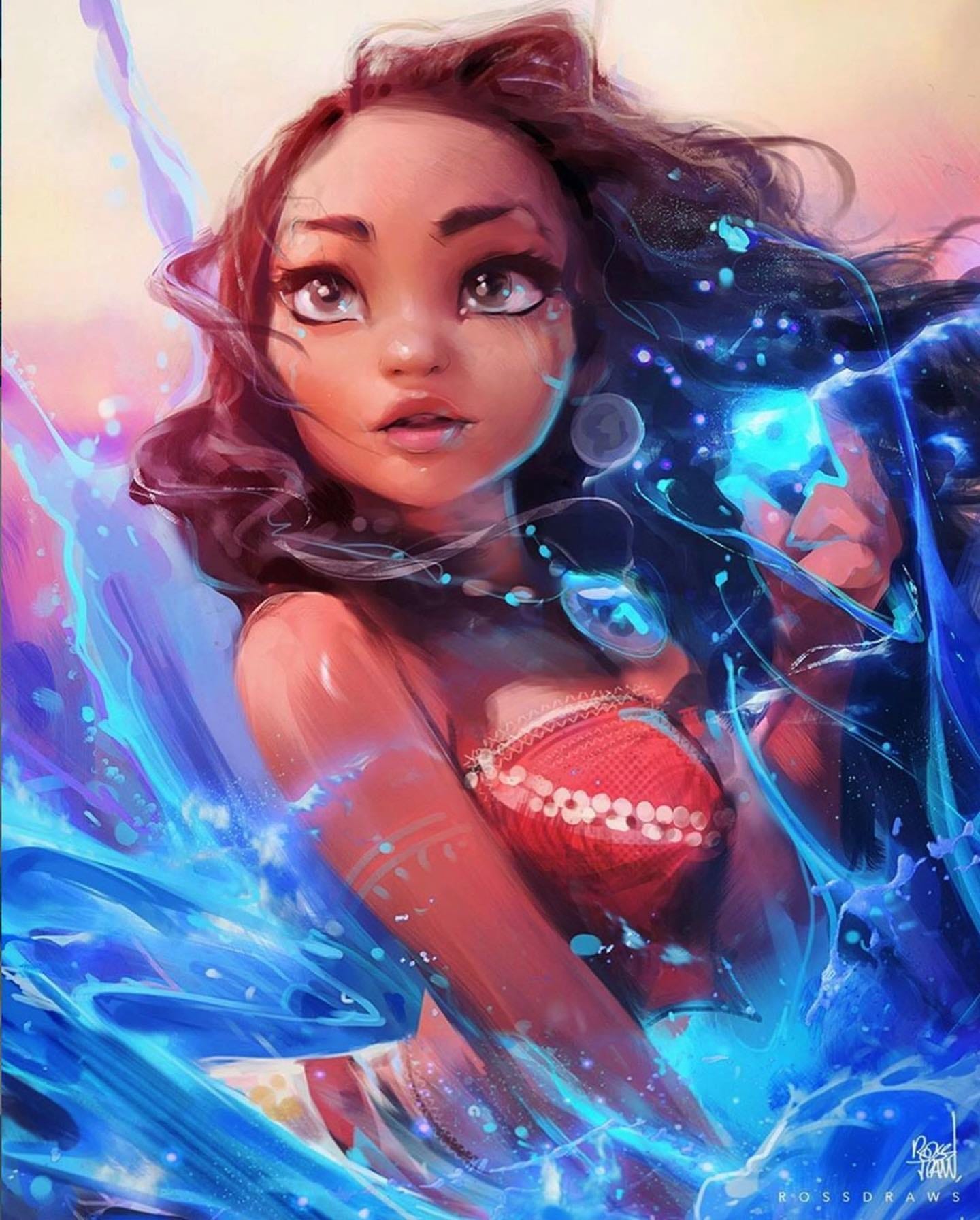
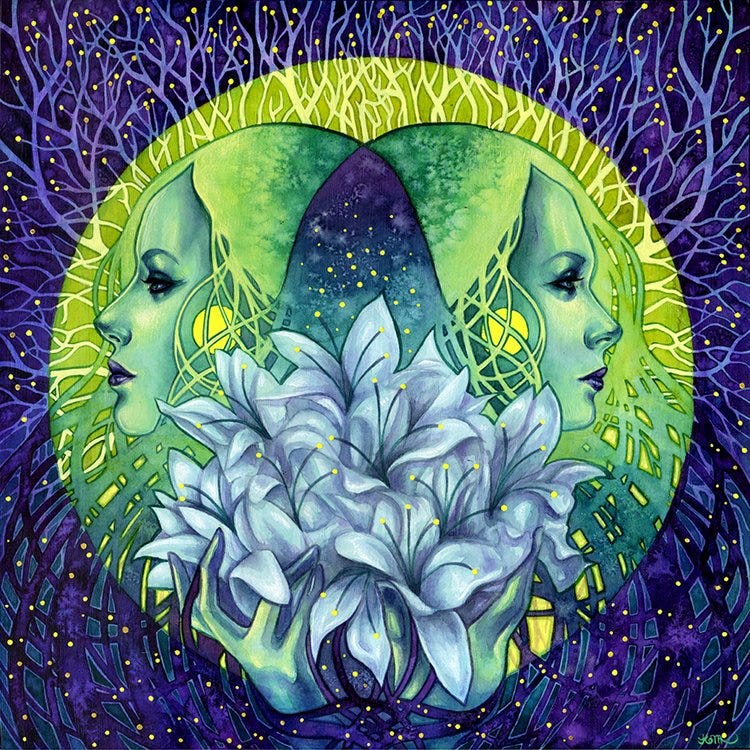
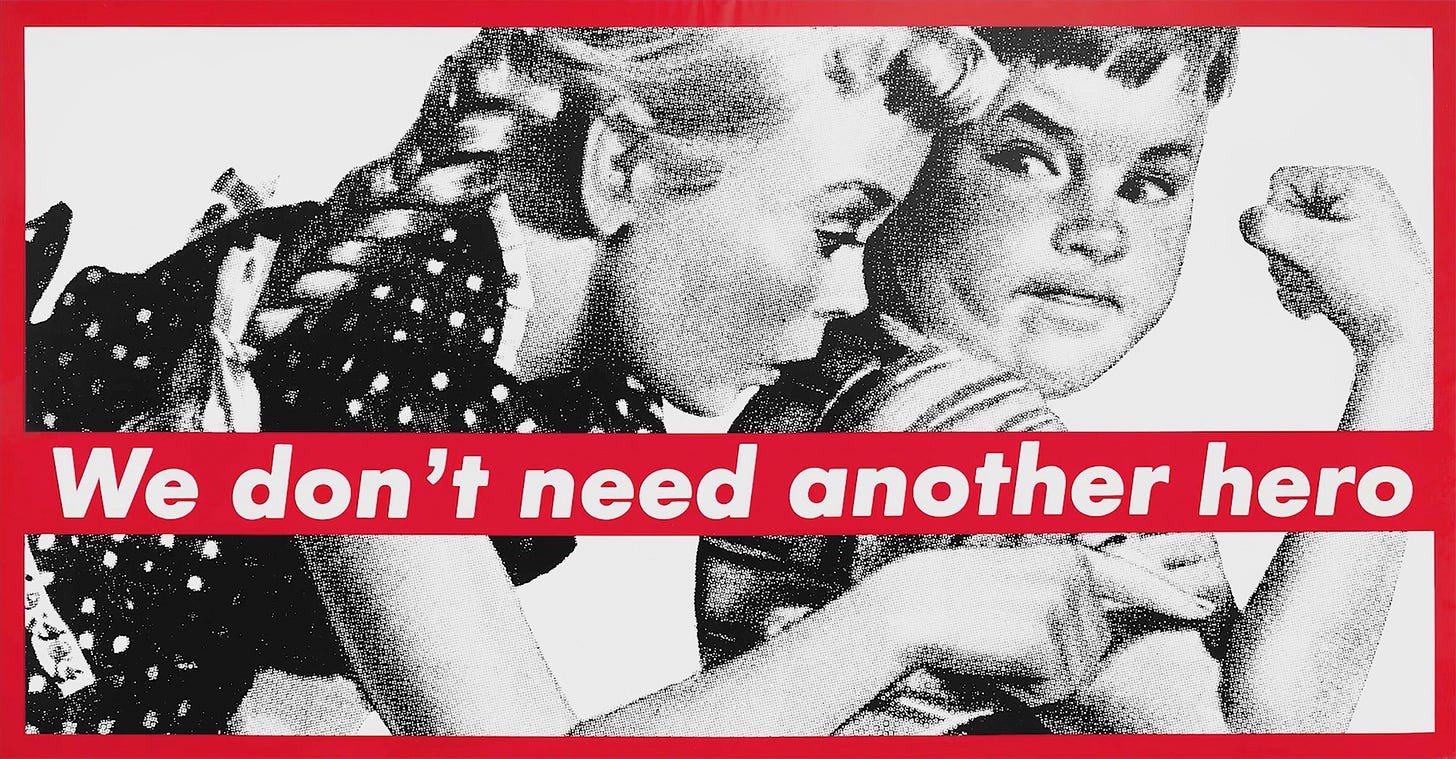
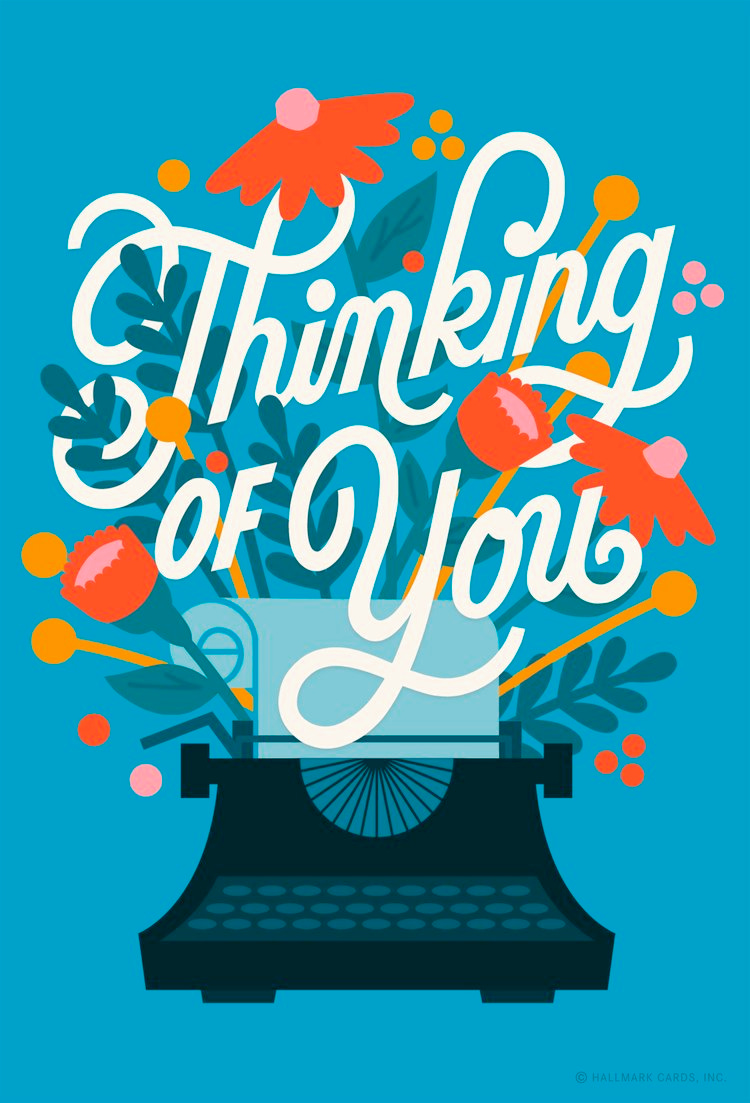
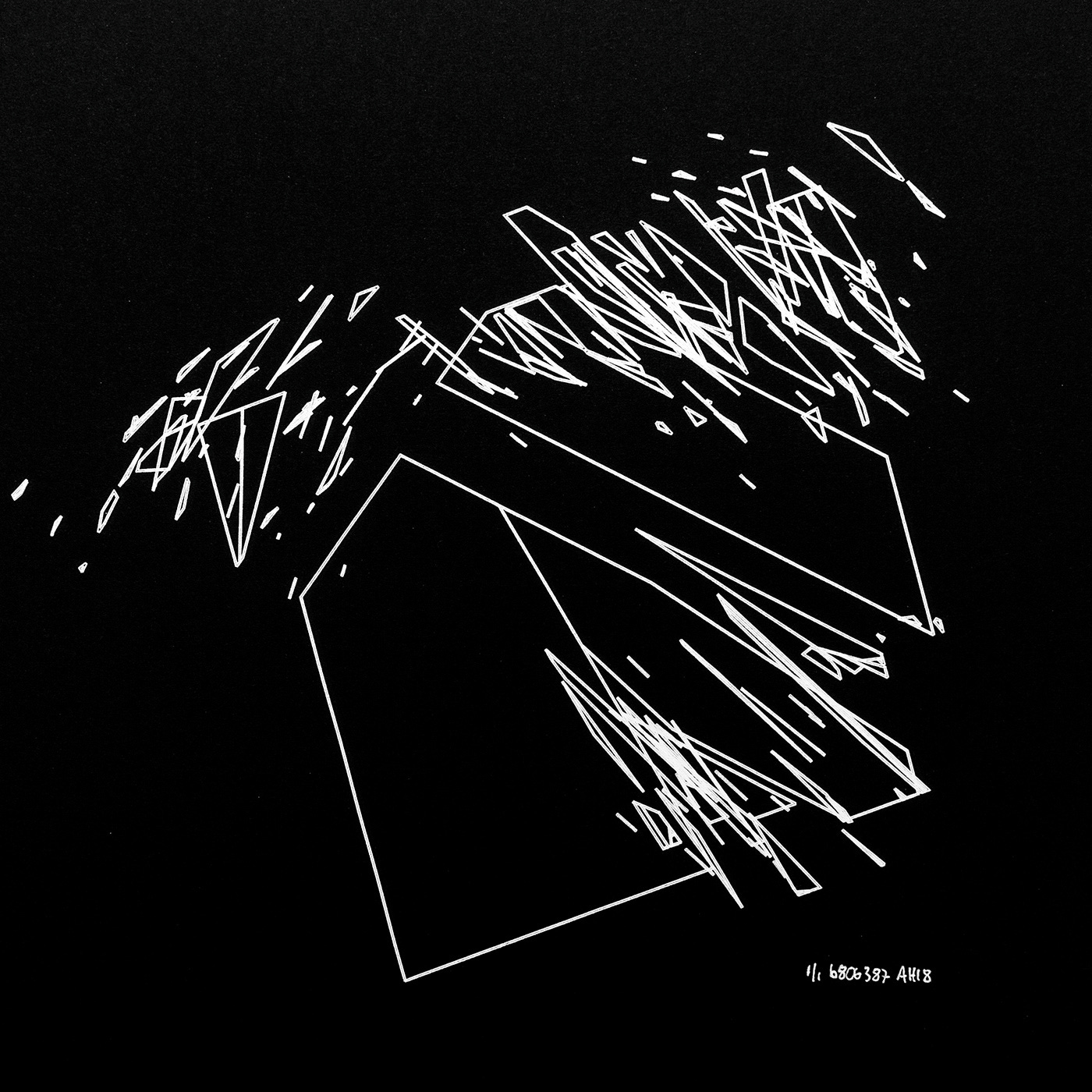
Perhaps this is just me being cynical, but to me a lot of the anti-AI stuff feels, not insincere exactly but sort of forced? In the same sort of way that a lot of people might take part in fandom-type activities not because they particular care about the object but more because they want to feel part of a community.
In some ways it reminds me of lurking on (Lord forgive me) Something Awful in the early '00s, periodically there'd be some absurd 'goon crusade' and you knew they didn't really care that much about a website stealing jokes or whatever, it was just a community-appropriate pretext to rally together and feel like they were 'making a difference'.
AI seems like an ideal subject for this kind of communal activism/'activism' — there are enough genuine issues at stake that it seems worthwhile but its not so big as to feel impossible, and you won't get much real pushback because the villainous techbro hordes are mostly in different spaces.
so much to think about, thank you! do you worry at any stage about being undercut by ai art? or that although ppl buying or commissioning your artwork are doing so because they adore it, it's also partially because they value your artistic effort over that of ai? I'd also love to know if there are certain styles of digital art that you think could never be replicated or imitated by ai, or even if they were, the artistic effort involves supercedes the value of an ai replica? but yeah i like the idea that ai in a way opens artists up to explore new niches, that's super cool